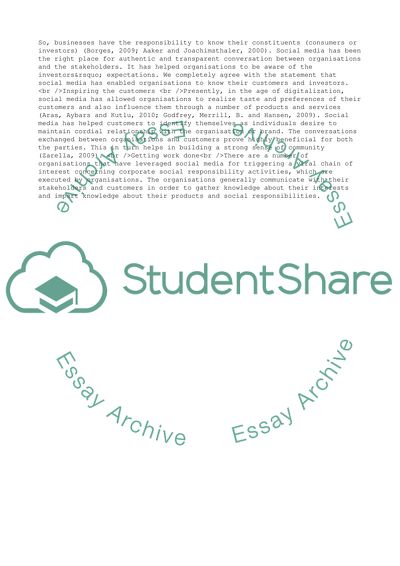Cite this document
(“Corporate Social Responsibility and Social Media Essay”, n.d.)
Corporate Social Responsibility and Social Media Essay. Retrieved from https://studentshare.org/business/1639148-corporate-social-responsibility-and-social-media
Corporate Social Responsibility and Social Media Essay. Retrieved from https://studentshare.org/business/1639148-corporate-social-responsibility-and-social-media
(Corporate Social Responsibility and Social Media Essay)
Corporate Social Responsibility and Social Media Essay. https://studentshare.org/business/1639148-corporate-social-responsibility-and-social-media.
Corporate Social Responsibility and Social Media Essay. https://studentshare.org/business/1639148-corporate-social-responsibility-and-social-media.
“Corporate Social Responsibility and Social Media Essay”, n.d. https://studentshare.org/business/1639148-corporate-social-responsibility-and-social-media.


